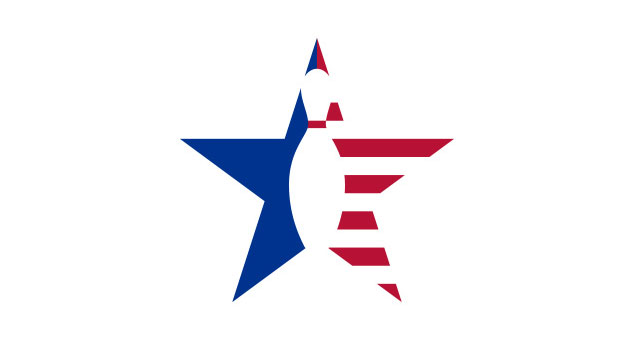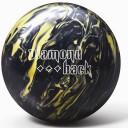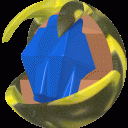Brunswick Diamondback

53 Hook 13 Length 14.5 Breakpoint Shape
Core Design: The Diamondback’s Rocket core provides an RG of 2.53 with a .043 Diff. This core is also used in the Rattler and Copperhead. Testing showed an average 4.5” of track flare with stronger layouts.
 Coverstock: This is the first ball with the Activator cover formula offered at the Advanced Performance price point. This edition is sanded with a 2000 Micron pad. The cover is a blending of blacks and yellows. Response time is above average off dry, and traction in oil was good.
Coverstock: This is the first ball with the Activator cover formula offered at the Advanced Performance price point. This edition is sanded with a 2000 Micron pad. The cover is a blending of blacks and yellows. Response time is above average off dry, and traction in oil was good.
Manufacturer’s Intent: The Diamondback is a solid color alternative to the Rattler. This ball is first finished at 500, then directly jumped to 2000 Micron pad. It has the Rocket core and Activator, with the differences being the color and finish of the ball. “The Diamondback is very complementary to the Python, Rattler and Copperhead. These four balls create a wide range of ball motions in our Advanced Performance line,” says Bill Orlikowski.
Test Results: The Diamondback is one heavy-rolling solid reactive. Its roll characteristic is decidedly stronger than the other three snake entries from the Big B. The closest ball reaction of the three was the Copperhead, but the Diamondback hooked 3-4 boards more and had slightly more angularity. The Diamondback gave us predictability and power on oilier and medium volumes, but we all preferred our looks on the oilier patterns most. The D-back’s strongest features are its secure read in the midlane and lack of any late lane wiggle. Brunswick’s four mid-priced choices let anyone create an extremely versatile arsenal.
 When to Use: The Diamondback rolls quickly and strongly in the midlane, coupled with a strong, continuous arcing breakpoint shape. We needed to stay inside the oil line on all of our medium patterns, or the ball could hook-out some. Higher speed players could overcome this better than those with more moderate speed, plus have more applications for this mid-priced super-hooker. Slower speeds will likely need to smooth the surface to 4000 or higher to help clear the midlane and delay the rotational forces.
When to Use: The Diamondback rolls quickly and strongly in the midlane, coupled with a strong, continuous arcing breakpoint shape. We needed to stay inside the oil line on all of our medium patterns, or the ball could hook-out some. Higher speed players could overcome this better than those with more moderate speed, plus have more applications for this mid-priced super-hooker. Slower speeds will likely need to smooth the surface to 4000 or higher to help clear the midlane and delay the rotational forces.
-- Joe Cerar Jr.





